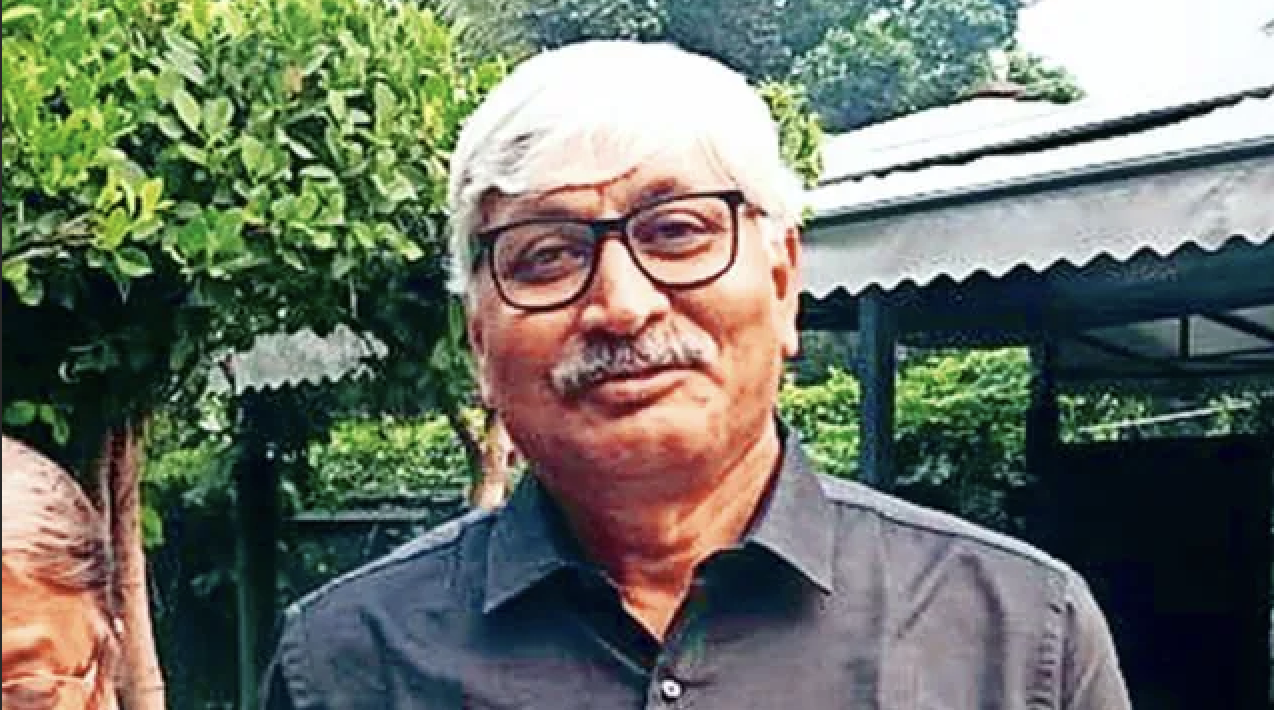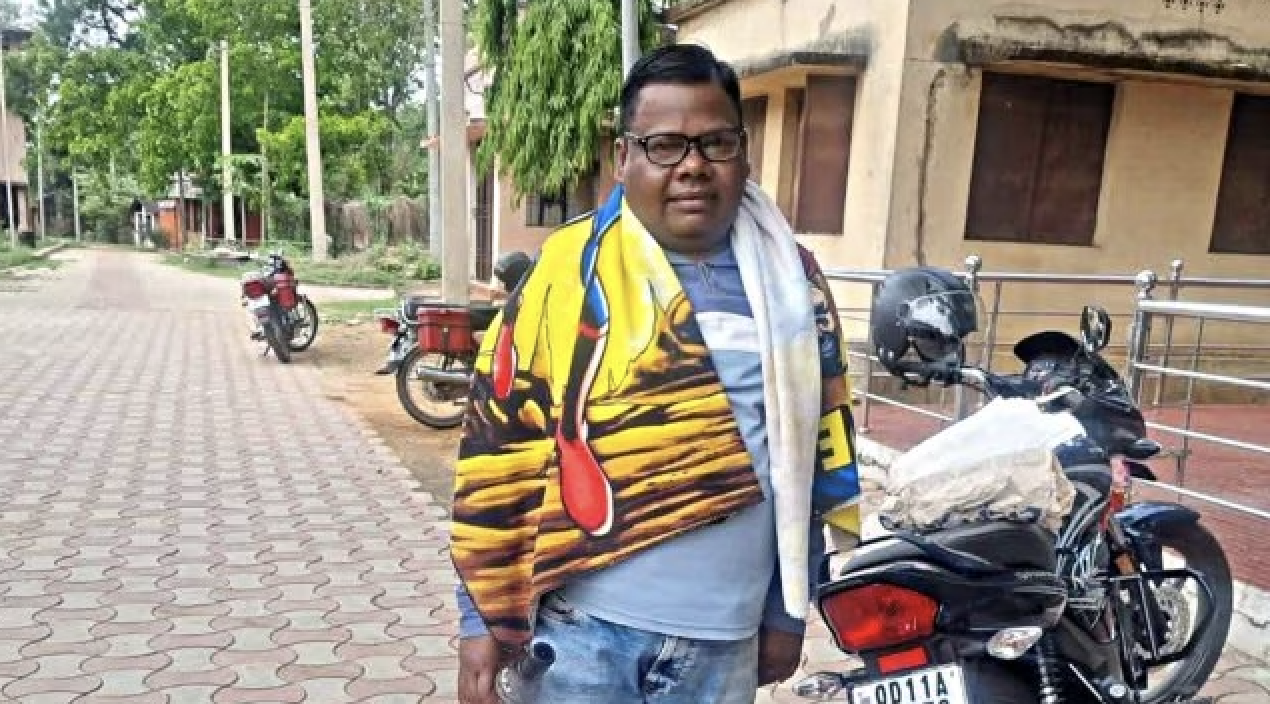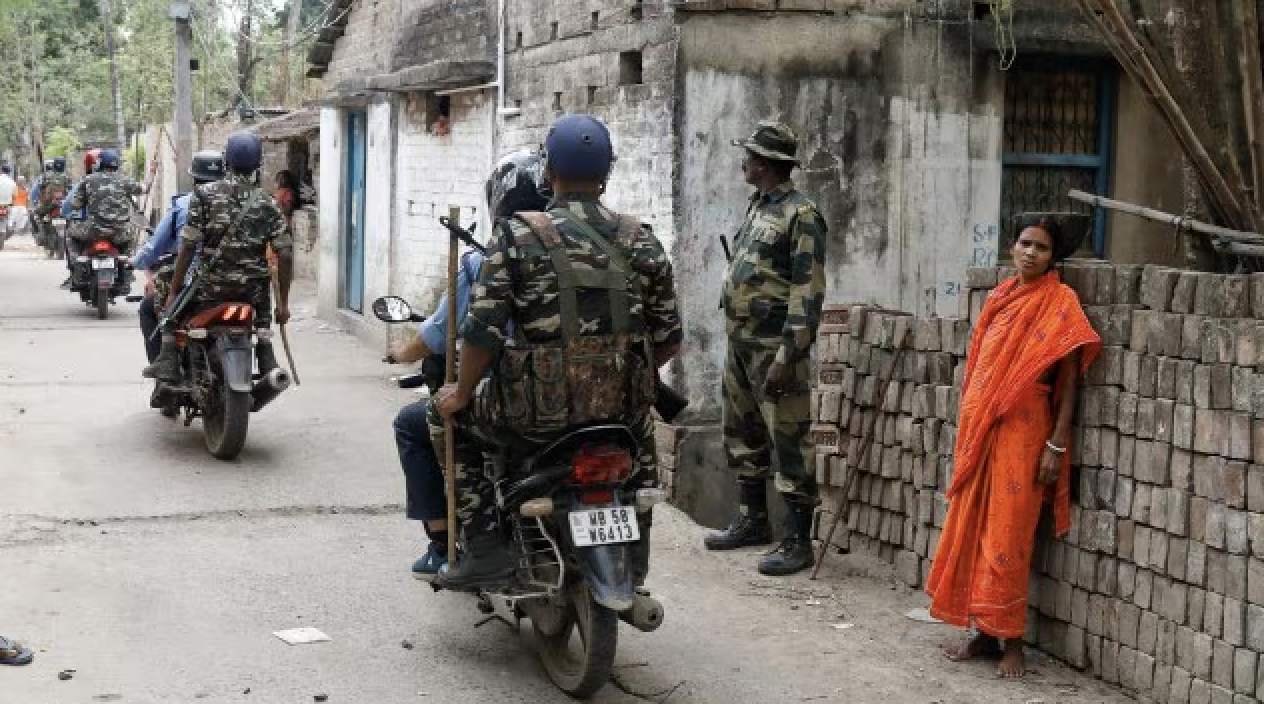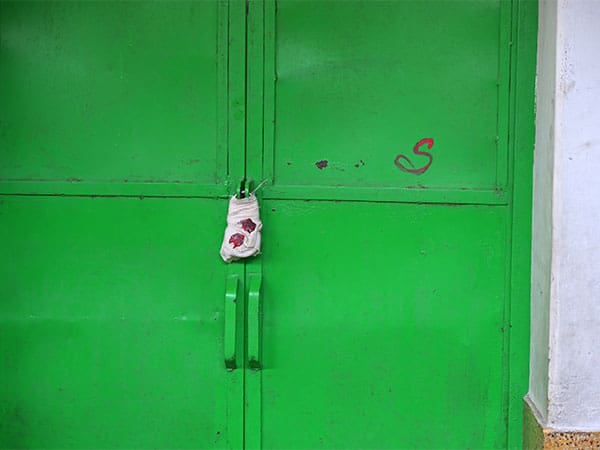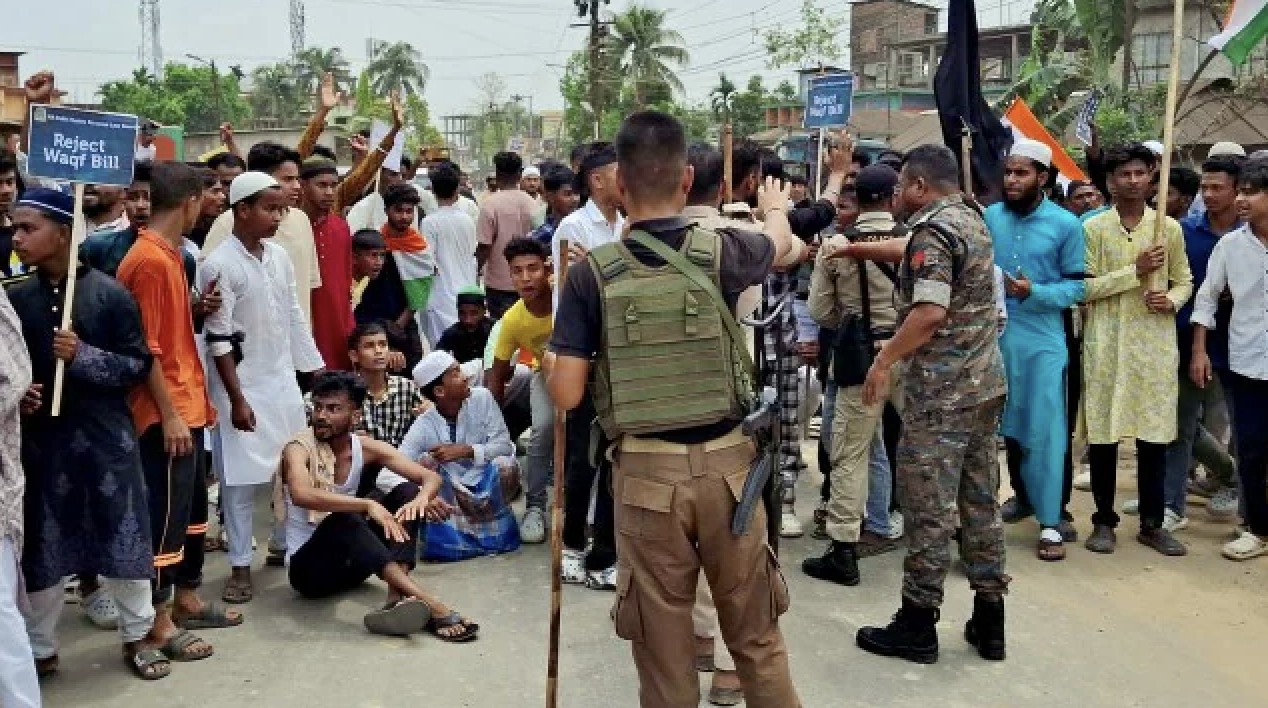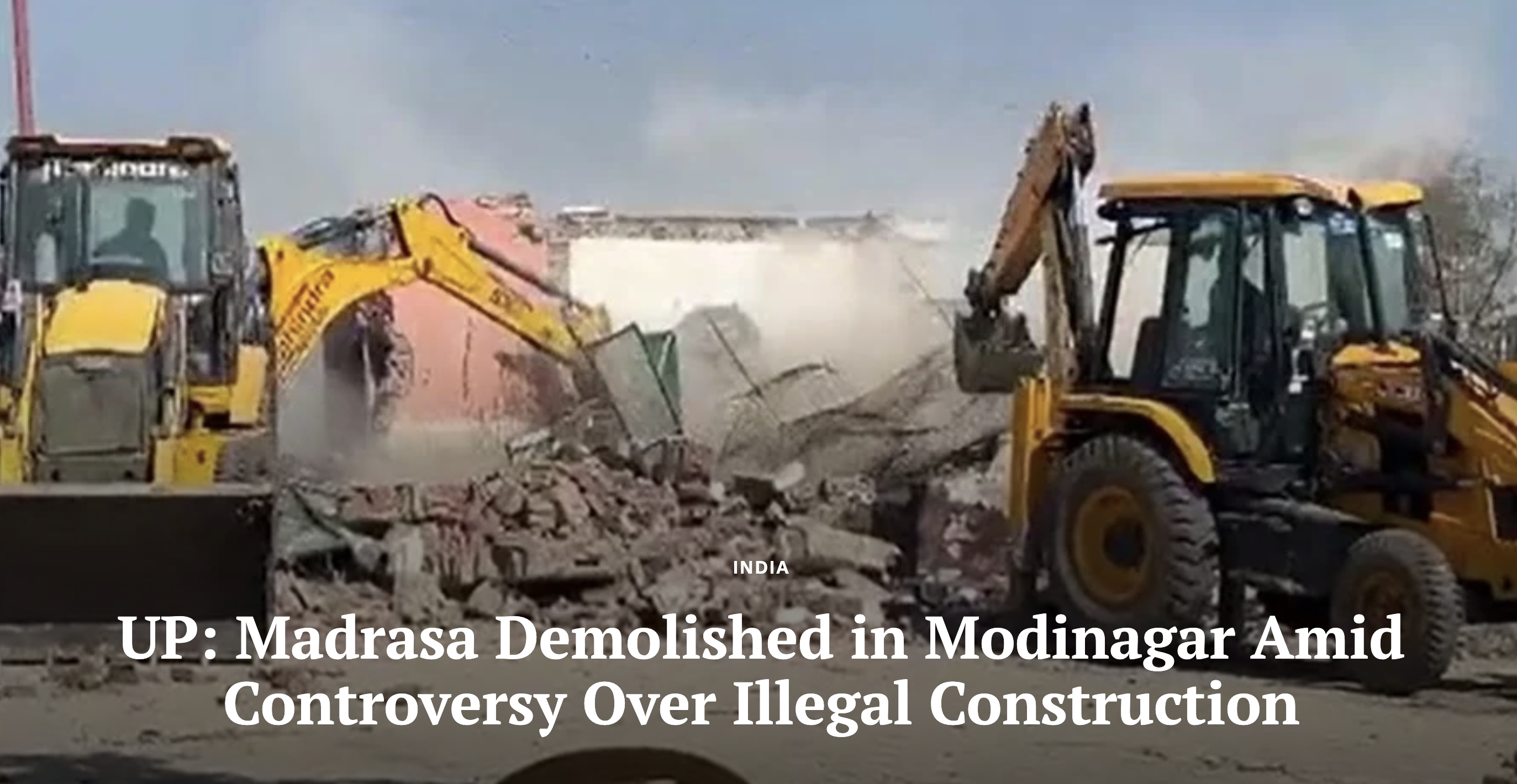
By Clarion India
GHAZIABAD — A madrasa in the Modinagar area of Ghaziabad, Uttar Pradesh was demolished on Monday, sparking a wave of controversy acrossthe state. The administration claims the madrasa, Ul Usul, was illegally constructed on land that was part of a pond, belonging to the Municipal Corporation. This demolition is part of a wider state-led drive targeting what officials label as “illegal constructions” on public land, including mosques and madrasas.
The madrasa, which had been in operation for several years, served as an educational institution for children from Uttar Pradesh, Bihar, and Jharkhand. However, its construction has been under legal scrutiny for some time. According to the district administration, the case was taken up in the courts, eventually reaching the High Court. After reviewing the matter, the court ruled that the madrasa was built illegally and ordered its removal. In addition, the High Court imposed a fine of ₹200,000 on the madrasa operators.
Pooja Gupta, the SDM (Sub-Divisional Magistrate) of Modinagar, explained, “In the government records, the land is listed in the name of the government. The madrasa had no legal claim to this land. It was a completely illegal construction, and that’s why it was demolished.”
The demolition operation took place with heavy police presence, as the administration took precautionary measures by turning the entire village of Sara, where the madrasa was located, into a cantonment. Despite the scale of the operation, no protests were reported.
Gupta further confirmed, “There were no protests or opposition from any individuals associated with the madrasa.”
While the authorities claim to be following due legal process, citizens and rights groups have raised concerns over the perceived targeting of religious minorities, particularly Muslims. Several individuals have questioned the timing and motivations behind the demolition, pointing out that similar illegal constructions by other groups often go unnoticed.
This story was originally published in clarionindia.net. Read the full story here.


